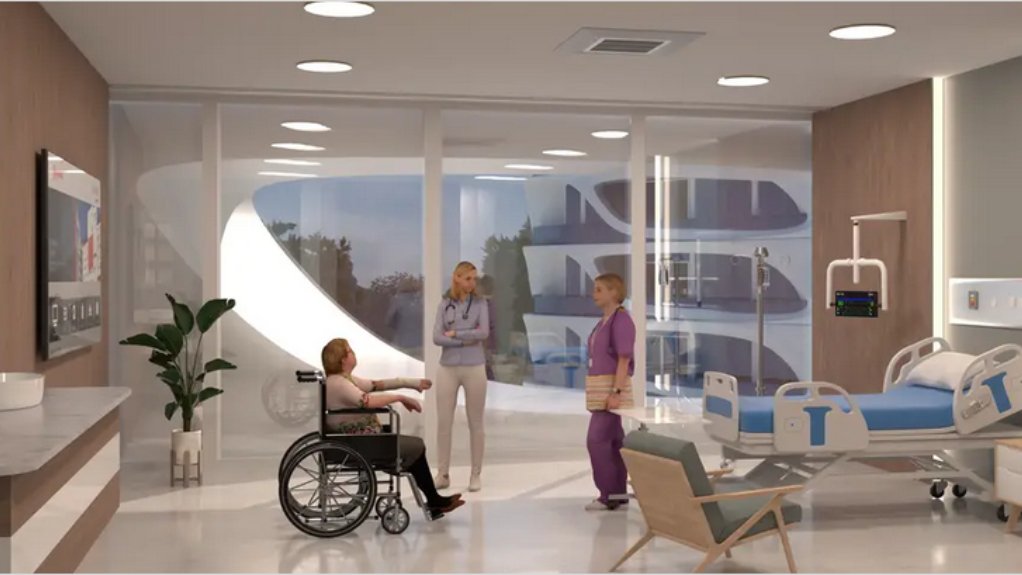
+27 (0)11 0461900
Private Bag X139 Halfway House 1685

Not an afterthought – integrating healthcare technology at the very beginning
By: Thabang Byl - Buildings Segment Lead at Schneider Electric
Today’s modern healthcare facilities have, respectfully, moved beyond bricks, mortar and medical equipment to now include infrastructure that embeds intelligence and resilience, providing the foundation for safer, smarter and patient-centric healthcare environment.
In fact, the medical industry is making truly remarkable gains when it comes to the adoption of new technologies. According to a report The role and impact of new technologies on healthcare systems healthcare systems are rapidly evolving due to the adoption of advanced technologies such as the IoT, Artificial Intelligence (AI) and Machine Learning (ML).
“These innovations are reshaping how healthcare services are delivered, managed, and experienced by patients and providers alike,” notes the report.
But unfortunately, system infrastructure considerations (in healthcare facilities) are often left until a later stage, even post-construction, which leads to costly upgrades and hamper adoption of said emerging technologies that bolster patient care.
Start at the beginning
When systems are planned for from the outset, the result is an environment that features the absolute latest in technology, offering gains such as reliable energy supply and precise environmental controls like correct humidity, air quality, lighting, and noise levels - all of which have a direct impact on patient comfort, healing, and staff wellbeing.
Also, incorporating digital infrastructure early enables predictive maintenance, better resource management, and even AI-powered analytics, all of which contribute to operational excellence.
By integrating infrastructure technologies at the design phase, healthcare operators can enable seamless care coordination, supporting clinicians in accessing and sharing vital information quickly and securely. The result is a more agile, connected, and effective care delivery model.
Also, technologies like UPS and microgrids guarantee power continuity, critical in environments where every second counts. Facilities designed with this resilience in mind are better equipped to withstand outages, surges, and other unforeseen disruptions.
Furthermore, in the healthcare context, standards are non-negotiable. Infrastructure must comply with strict regulations such as IEC 60601, which governs the safety and essential performance of medical electrical equipment and systems. Again, early integration ensures these standards are not just met but exceeded.
Designing for adaptability and smart integration from the outset allows for ongoing innovation without the need for disruptive retrofits down the line.
Partner with the right OEM
OEMs play an important advisory role throughout the lifecycle of healthcare infrastructure projects. At Schneider Electric, for instance, this partnership often begins long before ground is broken. We provide consulting engineers and healthcare planners with access to a library of white papers and design guidelines based on years of field experience.
These documents define what we call ‘optimal healthcare infrastructure’, therefore assisting stakeholders in understanding the relationship between subsystems, minimum performance requirements, and the specifications necessary to achieve future-ready healthcare.
This advisory input also helps create a common language between engineers, architects, and clinical team, ensuring that each facility functions well beyond set parameters.
Ultimately, it is about using infrastructure as a catalyst for better health outcomes, giving patients and providers the conditions they need to thrive.




